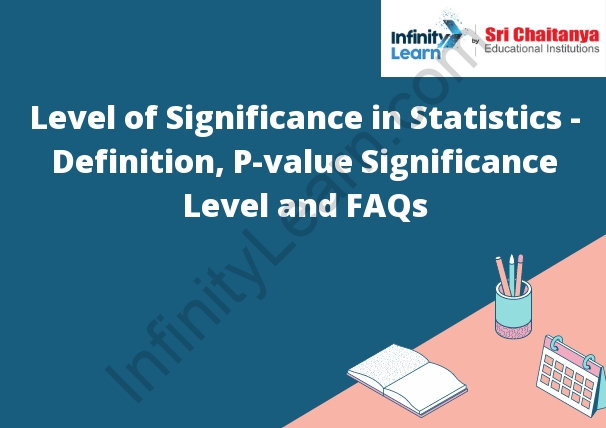Table of Contents
P-value Significance Level
The p-value is a measure of the strength of the evidence against the null hypothesis. It is the probability of observing a sample statistic as extreme or more extreme than the one observed, given that the null hypothesis is true. The p-value is always between 0 and 1.
The significance level is the probability of rejecting the null hypothesis when it is in fact true. It is usually set to 0.05, which means that there is a 5% chance of rejecting the null hypothesis when it is in fact true.

Significance Level Definition
A significance level is the probability of making a Type I error. The significance level is also known as the alpha level.
P-Value and Significance Level
The p-value is the probability of obtaining a statistic at least as extreme as the one that was actually observed, given that the null hypothesis is true. The significance level is the probability of rejecting the null hypothesis when it is true.
Rejection Region
In statistics, the rejection region is the set of all points in the sample space for which a hypothesis test leads to the rejection of the null hypothesis.
Non-Rejection Region
No-rejection region is a region in which an object is not rejected by an environment. In other words, an object can exist in this region without being affected by the environment.







